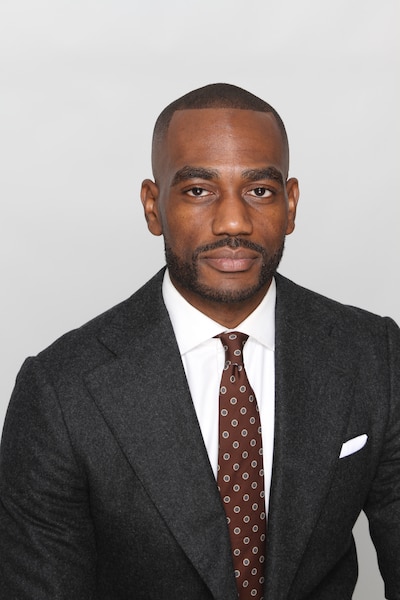During my freshman year at Brooklyn College, there were credit card companies lined up, eager to earn the business of students. Enticed by various rewards programs and sales pitches that only told part of the story, many students signed up for one or more cards without understanding the repercussions of late payments.
Lacking basic financial literacy meant that many college students started off their adult lives with poor credit. As a result, they faced challenges later in life when they needed to borrow money but couldn’t secure a low-interest loan. (A 2009 federal law has made it harder for those under 21 to obtain a credit card, though financial products companies haven’t stopped trying to lure college students.)

Poor credit followed me past college and years into my teaching career. (I am a teacher for students with disabilities at a Brooklyn middle school.) That has fueled my sense of obligation to teach the next generation of students about personal finance. It’s why I helped develop a personal finance curriculum for teens and young adults through the Gentlemen Factory’s youth mentoring organization, Groomed Success.
Because we wanted the class to be as engaging and relevant as possible, we polled students we work with to see what topics interested them. They wanted to know about buying homes and cars. Our curriculum, geared toward those ages 14 to 21, has them considering questions such as: How much do I need to save (and for how long) in order to make these purchases? Which purchases do I want to prioritize? And how do I know if I’m even in a position to make one of these purchases?
Young people also wanted to learn about credit, investing, and cryptocurrency. We realized that students have consumed a great deal of advertising and social media posts about crypto, and we could provide discussion and clarification. Other topics of interest included budgeting, bookkeeping, and financial planning for starting a business.
New York state — the financial capital of the world — does not require any separate financial literacy course for high school students.
We, educators, can help young people prepare for life after graduation, which is why I hope more schools and youth organizations will offer financial education. There are many great resources out there, and developing our curriculum was easier than I anticipated.
Even more importantly, there are steps elected officials can take to help support school-based efforts to deepen financial knowledge. Unlike states such as Iowa, Utah, and North Carolina, New York state — the financial capital of the world — does not require any separate financial literacy course for high school students.
Encouragingly, state lawmakers have proposed mandating the successful completion of a financial literacy course for all New York state high school students. But those proposals are not yet law.
Financial literacy shouldn’t be optional because it puts those without it at a significant disadvantage, as I was in the years after I graduated from college. And if my experiences as a student and educator have taught me anything, it’s that no one should have to learn crucial financial lessons the hard way.
Emmanuel Jeanty teaches seventh graders with disabilities at I.S. 285, the Meyer Levin School in Brooklyn. Jeanty is a Brooklyn native and a Brooklyn College alumnus who is motivated to educate young people about the world and how they can contribute to it.


